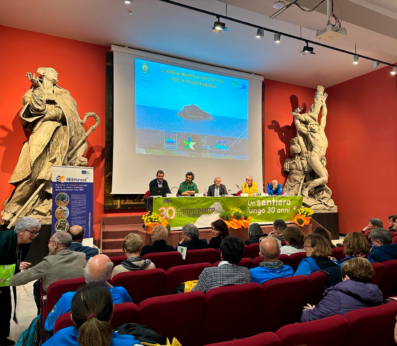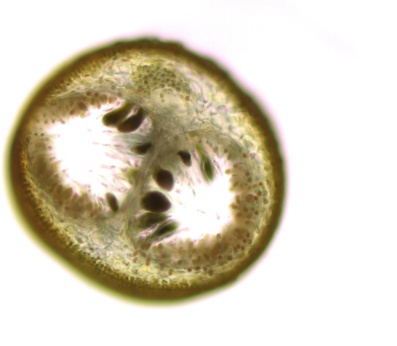Brown algal prairies such as Cystoseira provide essential ecosystem services: on the one hand, they sequester carbon dioxide, and on the other hand, they are a place of interest for various species.
Small species such as nudibranchs (Turidilla hopei) and hermit crabs (gen: Pagurus) can be found in Cystoseira grasslands. These species are attracted to the micro-organisms growing in the fronds of the brown algae, a valuable source of food. In addition, hermit crabs and nudibranchs benefit from the protection provided by Cystoseira from their predators.
Other species, on the other hand, reside in the middle of the forests, camouflaging themselves perfectly, such as the scarpena (Scorpaena scrofa) or the yellow warbler (Parablennius sp.). This complexity of the habitat makes it a veritable forest: many different species meet in the foliage of Cystoseira and create a network of relationships.
On the other hand, salps (Salpa salpa) and sea urchins (Paracentrotus lividus and Spherechinus granularis) are large consumers of brown algae. Due to professional fishing pressure, the presence of some species is declining while others proliferate uncontrollably.
Species of herbivores that are considered less valuable, such as the previously mentioned salps and sea urchins, are mostly ignored by fishermen, while many of their natural predators are being fished. This imbalance between prey and predators may result in an overpopulation of herbivores and consequently a decrease in the coverage of marine forests.




